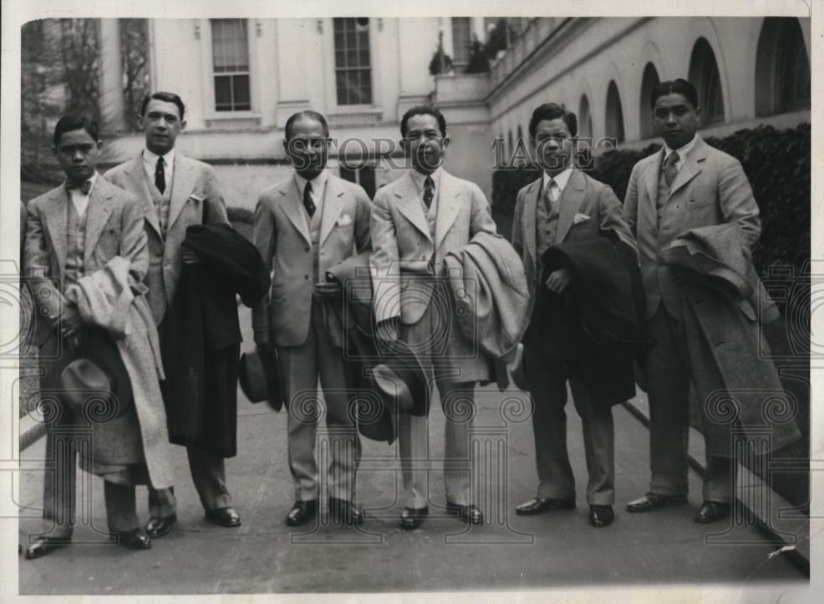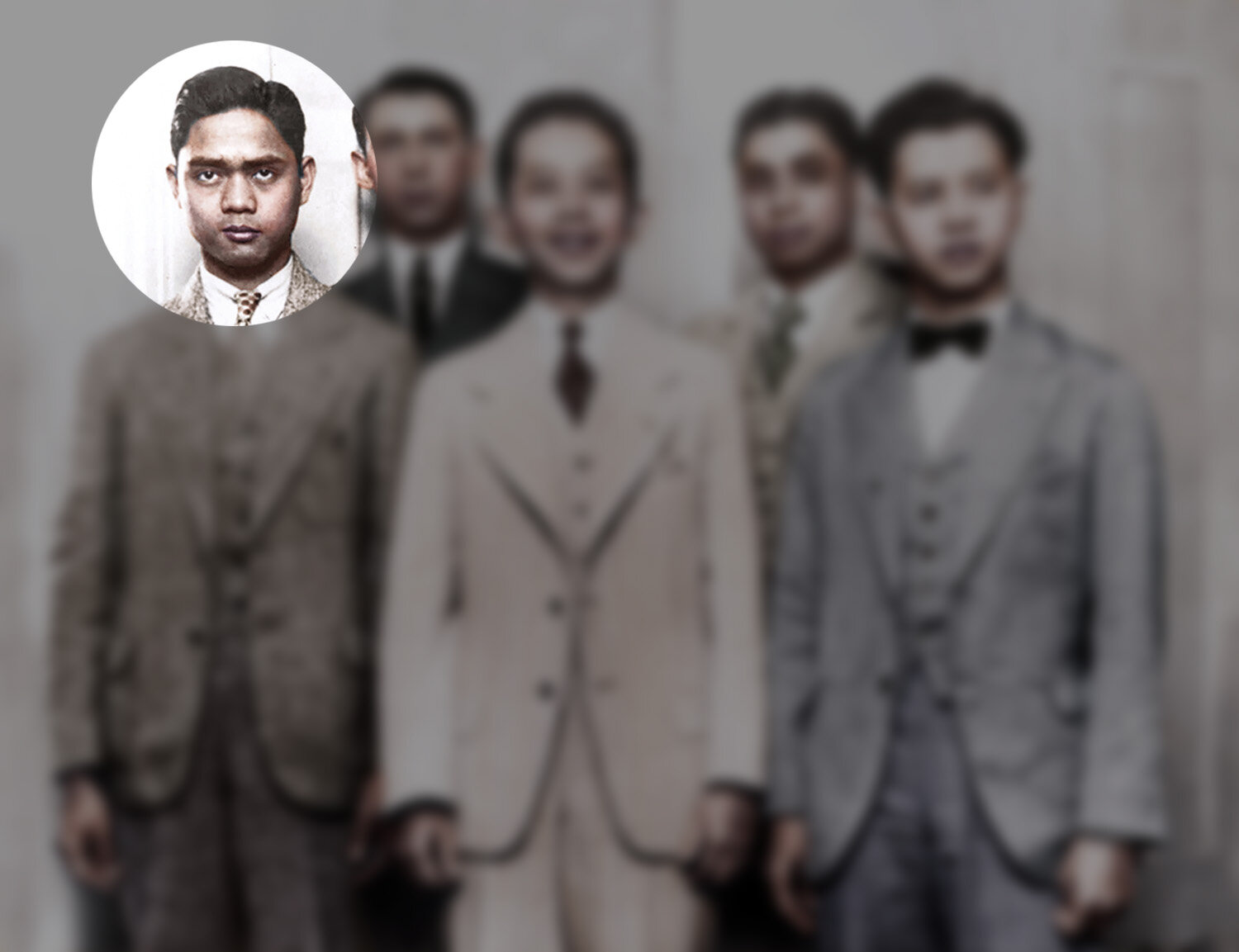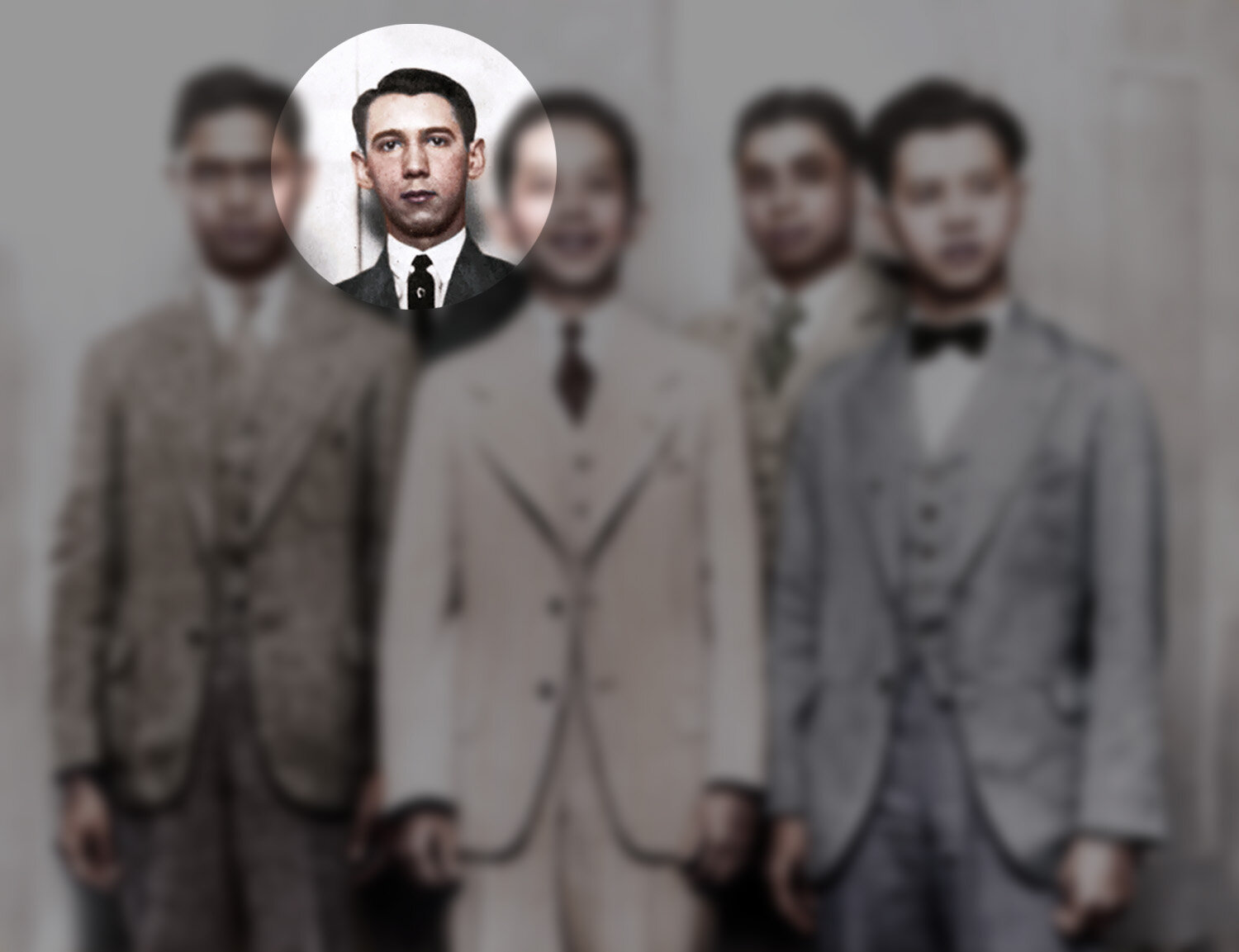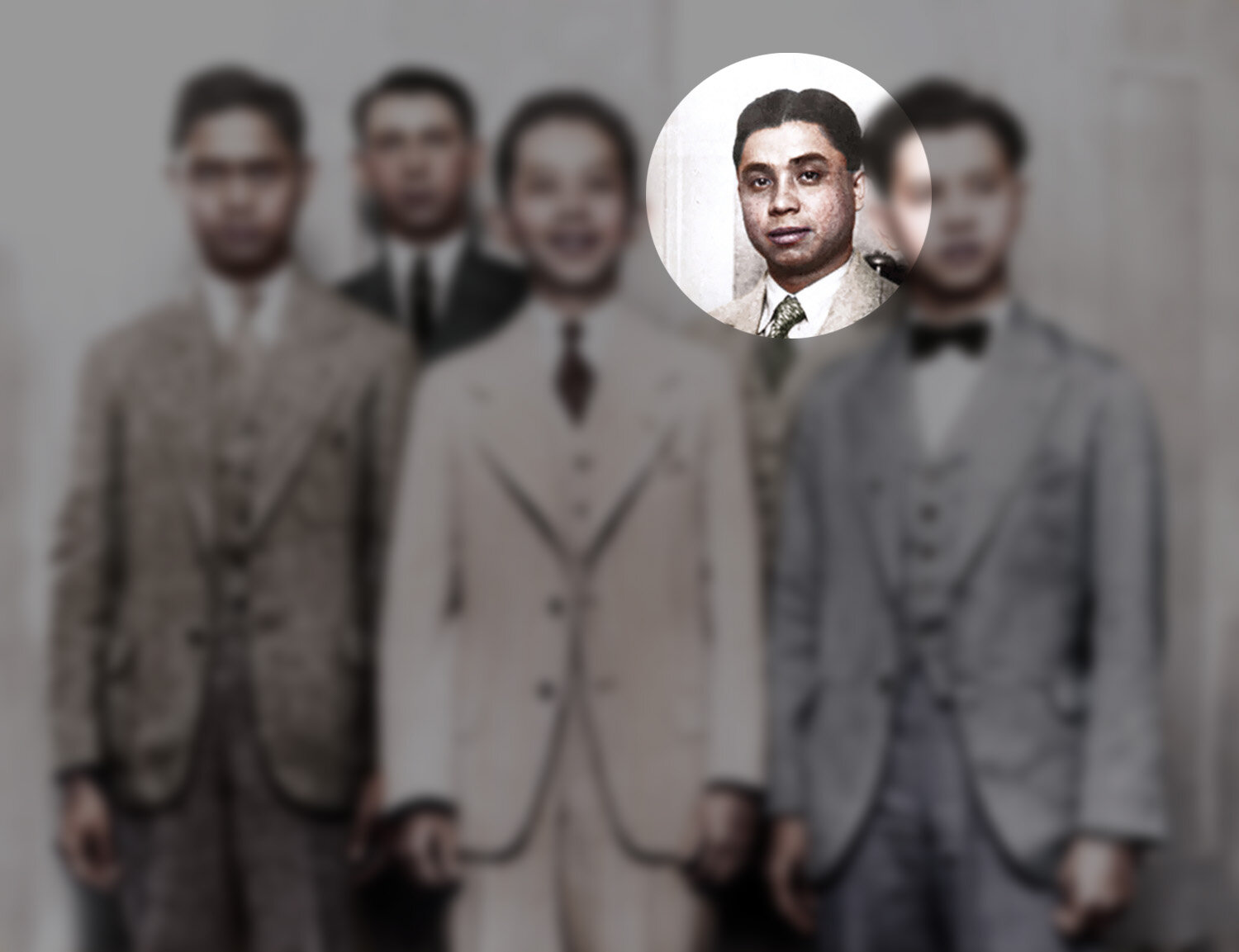The 10,000 people who showed up that night didn’t come as fans of college-level forensic events; rather, it was the question of independence that piqued their interest and, as things turned out, incited their passions. Independence (or lack thereof) had been a flashpoint between Filipino nationalists and their American counterparts for nearly 30 years–ever since the U.S. Senate passed the Treaty of Paris, by just one vote, in 1899, a measure in which Spain basically sold “the Islands” and its “natives” to the United States for $20 million.
The Philippine question elicited intense debate even among Americans, a great many of whom felt they had no business annexing 7,000 islands on the opposite side of the globe in the first place. Those against expansionism felt it was morally reprehensible to use military and economic power to dominate another nation–and against the basic tenets of the Constitution of the United States.
Meanwhile, those who favored colonial rule–among them some Filipinos–argued that we weren’t ready for, or were incapable of, self-government. They also feared that if the U.S. didn’t take control, another power (i.e., Japan) might.
My grandfather, Carlos P. Romulo, was the UP team’s coach in the heartfelt debate against the University of Oregon. Then 29 years old, he was probably as shocked as everybody else as spectators spontaneously erupted into “catcalls, boos, hisses, thunderous applause,” and even fistfights in the gallery.
The “verbal battle of the century,” as the Philippine press called it, ended with the Oregon team losing by unanimous audience decision. The three American debaters traveled on to China, leaving the UP team energized and inspired–and wanting to travel around the world to continue debating the Philippine question.
Lolo had already traveled to the U.S. several times before, and he knew all too well that most “regular” Americans had no idea what a Filipino was; or, worse, they thought we were half-naked savages living in trees (no thanks, in part, to the 1904 St. Louis World Fair, which featured a 47-acre human zoo of more than a thousand Filipino tribal people). In 1919 he left on a government-sponsored scholarship to get his master’s at Columbia University. He went again three years later with the Philippine Parliamentary Mission. Led by Senate President Manuel L. Quezon, for whom Lolo served as private secretary, the 1922 mission was the second of what would be a series of eight independence missions. These culminated in the 1934 Tydings-McDuffie Act, which designated a ten-year transition period on the way to full independence.
In addition to assisting Quezon, Lolo was working his way up the editorial ladder at The Philippines Herald. He was also an associate professor in the English department of UP, which eventually led him to teach a course in public speaking and coach the debate team.
By the end of 1927, Lolo was sending letters out to top universities in the United States, with a request for “immediate action.”
“The youth of the Philippine Islands covet the friendship and goodwill of the youth of the United States,” he wrote, explaining the purpose of the trip. “It is by the interchange of ideas between their representatives and by contact with the national institutions of both countries that the American and Filipino students will learn to know each other, and knowing each other, understand the ideals of each nation. … We hope to present the Philippine problem free from political bias and stripped of the petty irritants and antagonisms engendered by politics, prejudice, and misunderstandings.”
Lolo hoped to tour the U.S. with the same three men who had out-debated the University of Oregon just weeks before, on the question of Philippine independence. I am not sure how he managed to pull it off, as the historic debate in Manila had “provoked so much discussion that [U.S.] Secretary of War Davis frowned on the affair and notified Henry L. Stimson, governor-general of the Philippines, that no more debates on that subject could be tolerated by the government.” But somehow Lolo managed to organize a team of the three men plus one alternate. All four–Pedro Camus, Deogracias Puyat, Teodoro Evangelista and Jacinto C. Borja–were law students; each had an impressive record of successful debates. By March 3, 1928, they were aboard the SS President McKinley, bound for Seattle, on a 15-university tour sanctioned by the U.S. Bureau of Insular Affairs.
On April 4, 1928, dressed in tuxedo, as was the custom for forensic events held in the evening, the UP debaters faced their first opponent, the Varsity Debate Quad of Stanford University, and won by audience vote 178 to 52. The main contention of the team was that the Philippines had a stable government and was capable of maintaining this government if granted independence.
From California the team traversed the country by train, crushing opponents at the Universities of Minnesota, Utah and Michigan, Illinois, as well as George Washington University and Indiana University. Their eighth debate was against the University of Wisconsin, where acclaimed writer and Philippine national artist Carlos Quirino was an 18-year-old journalism student covering the event. On April 24 he wrote that the debate tour offered audiences the opportunity of finally “hearing the Philippine question debated on a basis of first-hand information.” Three days later he wrote another story with the headline, “Philippine Team Wins in Stirring Plea for Liberty.”







